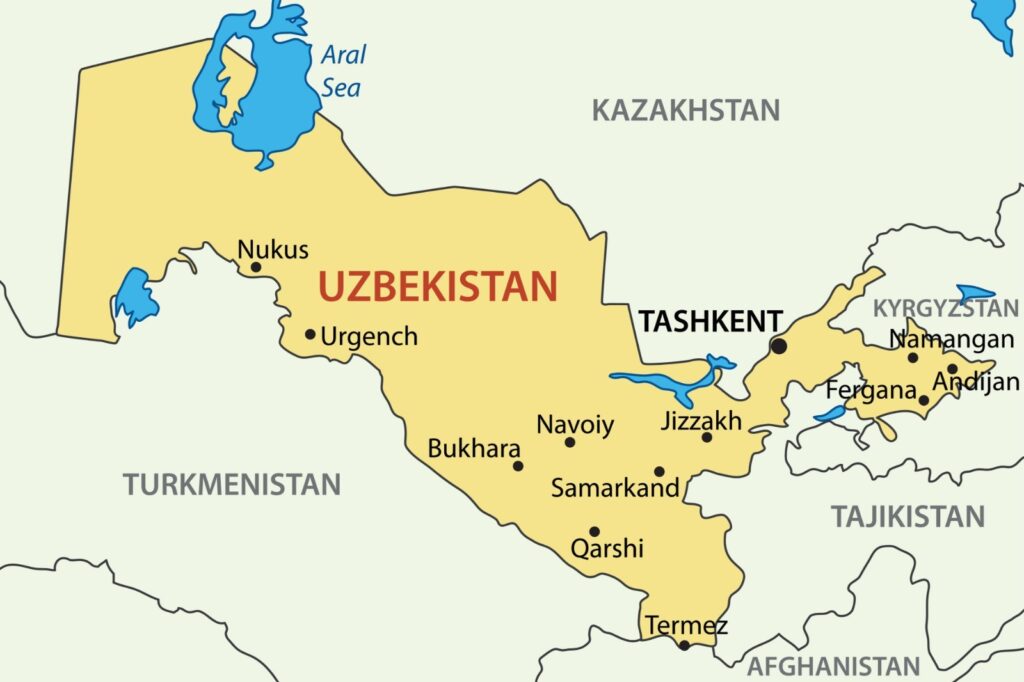Uzbekistan Taking Measures to Increase Employment
At a government meeting on January 8th, President Mirziyoyev listened to proposals aimed at increasing levels of employment in the country. According to official statistics, the number of unemployed in now stands at 1.3 million, and this year another 2.4 million people will enter the domestic labor market. Taking this into account, officials said that this year they will create sustainable and well-paid jobs for five million people, including 2.5 million in the services sector, 2.1 million in agriculture, 250,000 in investment projects and industry, and 140,000 in construction. In addition, it is planned to involve two million people in business through the widespread introduction of new financial instruments, including a new microfinance system. At the meeting, the importance of vocational training for those without work experience was emphasized; 2024 has been declared the “Year of Support for Youth and Business,” with a focus on establishing more favorable conditions for doing business in the country.



